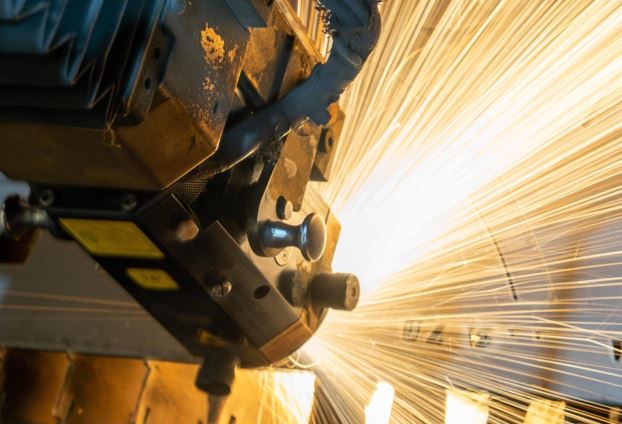
Covid-19 has caused many disruptions, including in the manufacturing industry. To cope with the changing market situations, forward-looking manufacturing companies are using artificial intelligence (AI), augmented reality, pellet extruder machines, robotics, etc. to increase their operational efficiencies.
Leaders in the industry are automating manufacturing using AI and robotics to move towards touch-less manufacturing. Others are implementing strategies based on an evaluation of future market trends and opportunities.
Let’s take a look at the key influences for manufacturers in 2020.
Diversified Business Offerings
Businesses are always focused on streamlining operations. Manufacturers usually have a niche for their core business segments. But now they are rethinking this strategy.
While manufacturing businesses continue to focus on their core competencies, they are diversifying their offerings and business portfolios. Manufacturers are pivoting towards a business model with a 50:50 product and services mix as opposed to the previous 75:25 product-centric mix.
Use of Advanced Technologies and Pellet Extruder Machines
Manufacturers want to implement new technologies to accommodate changes in the workforce and market demand. Many companies rely on technologies like the pellet extruder machine to increase efficiency.
These machines and technologies can produce very high volumes of output in hours. Manufacturing industries such as fuel pellets, coal dust, pet treats, and livestock feed, etc. benefit from these solutions.
The pellet extruder machine optimizes the time to market and time to volume. Thus, allowing businesses to produce and supply the right quantity to meet the market demand. It helps manufacturing businesses to remain relevant in a very competitive and uncertain market.
Need to Review Talent and Supply Channels
As manufacturers look at the future, their priority will be reviewing the existing talent pool and supply chains.
- Do you need to evaluate whether you have the correct talent ecosystem?
- Does your workforce have the right skills to support your business processes?
Manufacturers also need to reduce the risk of dependency on a select few suppliers. They can diversify by multi-sourcing raw materials and strategic components. This will help businesses be more agile to disruptions in their supply chains.
Faster Time to Market
Businesses also need to prepare to expand their production capacities as soon as the market demand increases by using technology, scaling their capacity, and reducing manufacturing lags. A shorter time to market using technologies, better inventory, and supply chain efficiencies and collaboration helps to deliver products to the market when required.
But that’s not sufficient. You need to plan your operations such that you have the shortest time to volume. Businesses that are able to meet the market demand are likely to enjoy better future business prospects.
The focus here should be on maintaining healthy cash flows and rebound time. This will help manufacturers to fulfill short and medium-term market demands.
Going Forward
Manufacturers will need to pick up emerging trends and adapt their business models accordingly. In a post-pandemic era, companies need to build resilience to survive the disruptions caused by COVID-19. They need to reduce their risk exposure and make the most of the opportunities available.
Interesting related article: “What is Manufacturing?”
